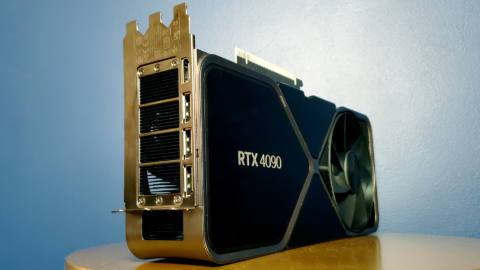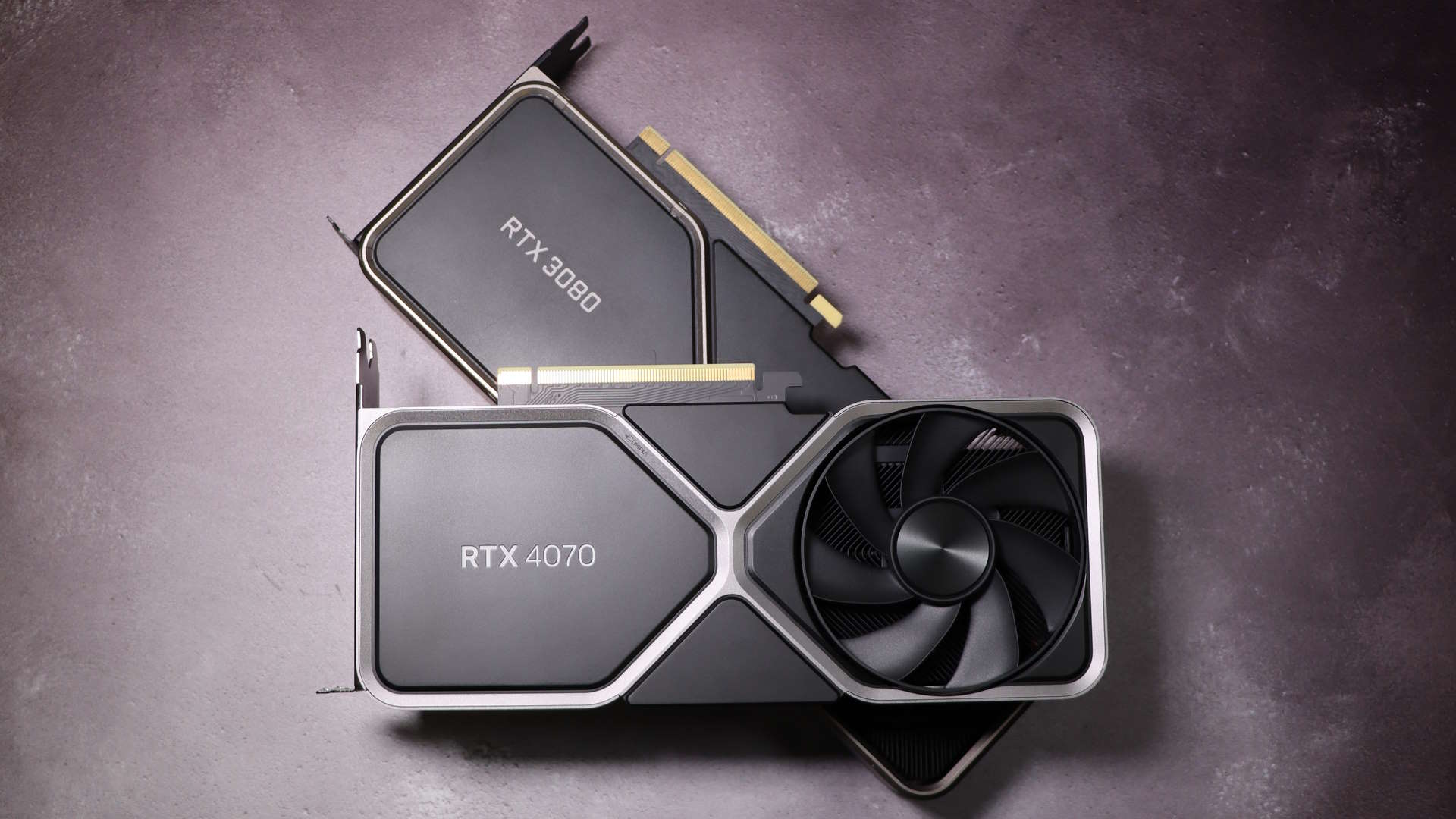AMD will roll out its new budget-friendly RDNA GPUs, designed to win back major market share from Nvidia, at the CES show in January. So says Benchlife (via Igor's Lab) and if correct it will very likely mean AMD's next mainstream GPUs beat Nvidia's competing chips to market by as much as six months.
The Taiwanese website claims that graphics card makers, otherwise known as AIBs or add-in board manufacturers, have begun boot testing their RDNA 4 cards using AMD's upcoming Navi 48 and Navi 44 GPUs in preparation for that CES launch.
As Andy reported a couple of days ago, AMD recently confirmed rumours that RDNA 4 will not target the high end. Instead, AMD wants the new GPUs to be affordable for millions of gamers, not just “people who can afford Porsches and Ferraris”.
AMD's senior vice president and general manager of the Computing and Graphics Business group Jack Huyhn also explained that the aim is to increase AMD's GPU market share from around 19% today to more like 40% or even 50%.
Given that enthusiast-class graphics cards only make up a small proportion of the market, it's certainly true that any attempt to gain that much market share would ultimately come down to selling a lot more mainstream gaming graphics cards. The only question is how to get there.
AMD's most obvious route, and the one it appears to be taking, is to double down on the mainstream market and make the best possible GPU at a price more gamers can afford—while allowing Nvidia to dominate a high-end market that might be lucrative in narrow terms, but doesn't amount to very many gamers.
Huyhn essentially says AMD needs to be able to show game developers that lots of gamers use AMD GPUs in order to encourage them to put the effort into optimising for AMD GPUs.
This all absolutely makes sense. What's more, if AMD does indeed roll out RDNA 4 in January at the CES, odds are the GPUs will go on sale months before the more affordable members of the Nvidia RTX 50 series, which may not appear until June of July.
So, AMD's plan looks well crafted. And yet that doesn't mean it will work. For proof, observe the difficulty AMD has had making inroads into the CPU market against Intel.
AMD's CPU products arguably returned to competitiveness with the launch of the first Ryzen CPUs back in March 2017. According to Mercury Research, when those first Zen 1 chips hit the market, AMD had roughly 12% market share for desktop PC processors. Today, the latest figures show AMD at 23% for the second quarter of this year.

That's significant progress, for sure. But it also amounts to just 11% more market share after seven years of good product and hard graft. In other words, just producing good chips doesn't mean AMD suddenly slices off huge chunks of market share.
If anything, you might expect that market “stickiness” to be even stronger for graphics. Nvidia is utterly dominant when it comes to GPU mindshare. Moreover, where CPUs have mostly been a pure performance play with consumers only really having to compare a few benchmarks, graphics products are far more complicated.
Do you care about plain old raster rendering performance? How much value do you put on ray tracing? And what about upscaling and frame generation. Without question, Nvidia has been leading on features. It was first to put hardware ray-tracing acceleration into its GPUs and remains much more performant in that class of rendering. It has also driven all the innovation in upscaling and frame generation.
Point being, even if AMD rolls out RDNA 4 in Janurary and even if the new GPUs offer a really strong performance and value proposition, it still won't be easy for AMD to steal market share from Nvidia. More likely, it will take several generations of highly competitive GPUs to chip away at both Nvidia's market share and mind share.

Best CPU for gaming: The top chips from Intel and AMD.
Best gaming motherboard: The right boards.
Best graphics card: Your perfect pixel-pusher awaits.
Best SSD for gaming: Get into the game ahead of the rest.
It's also worth pointing out that AMD's new stance of targeting the mainstream may be as much about pragmatism as strategy. It's though the new Navi 48 and 44 GPUs are monolithic signalling an at least temporary backtrack on the chiplet approach that debuted in RDNA 4 GPUs like the Radeon RX 7900 XTX and RX 7800 XT.
In other words, the real reason why AMD isn't launching a high-end RDNA 4 GPU might be because it was relying on a new and more advanced chiplet approach for the high end for this generation and hasn't been able to make it work.
Indeed, AMD's Jack Huyhn implied that AMD's return to high-end graphics would hinge on chiplet technology. From the outside, it's impossible to say for sure what has dictated AMD's new strategy. But what does seem undeniable is that AMD's path to 50% market share will almost certainly be gradual, even if it makes some really great graphics cards.






